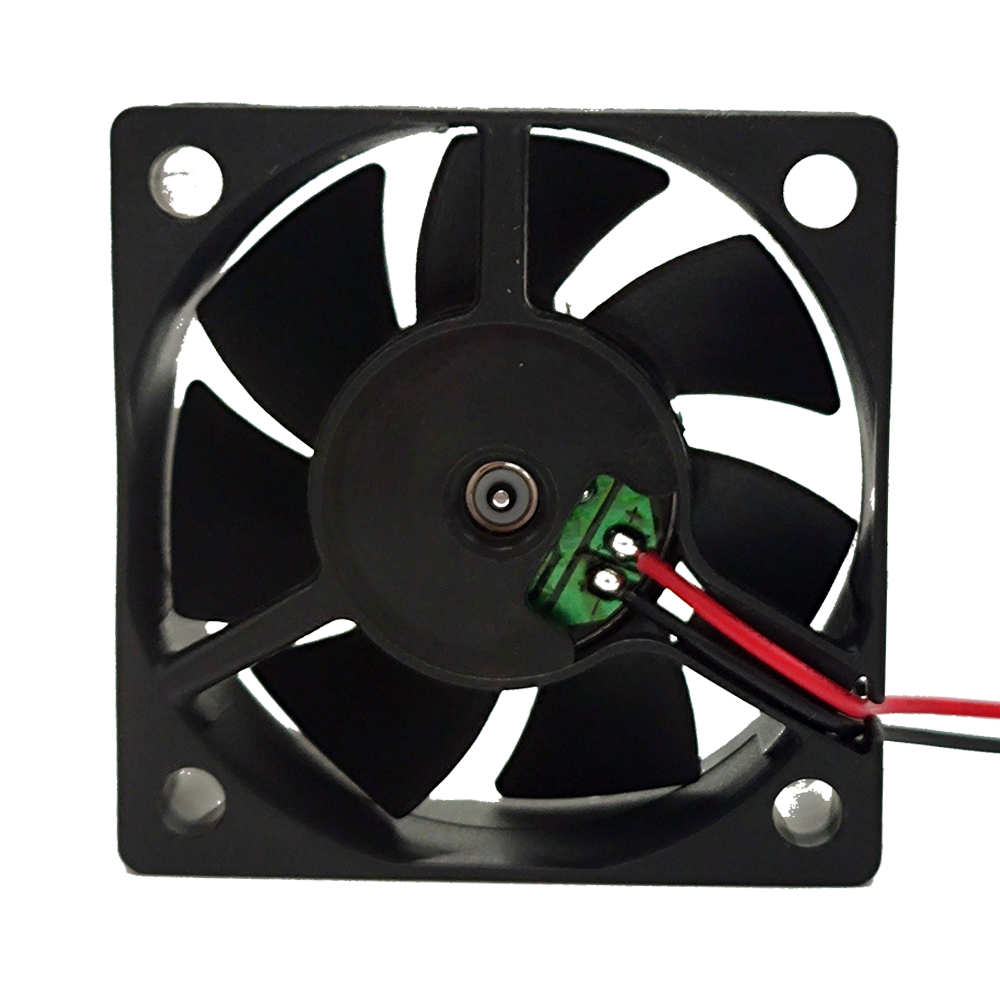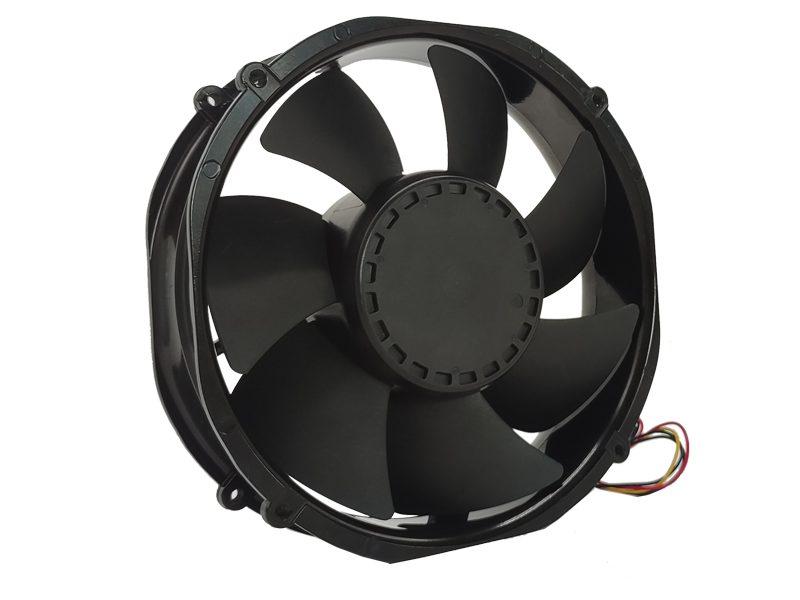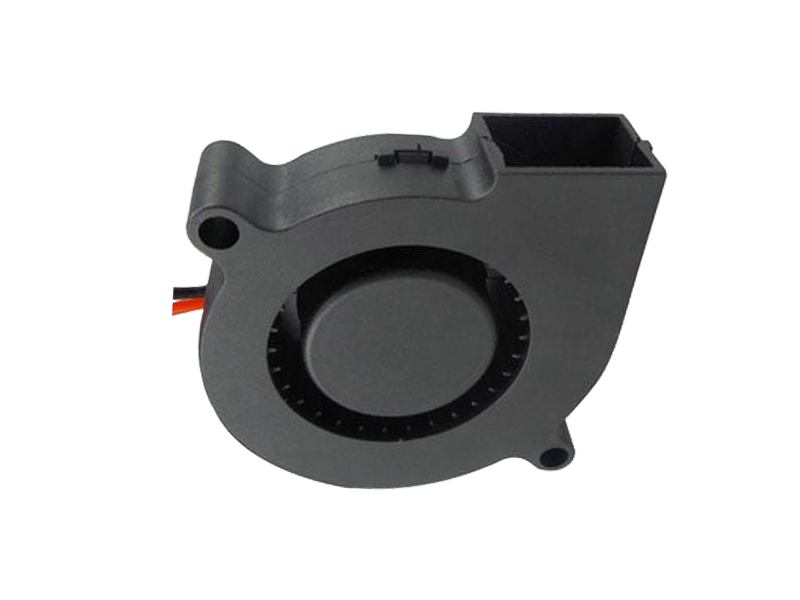Introduction
Occupational safety regulations and worker well-being initiatives demand industrial fans that maintain performance while operating at conversational noise levels. This article explores acoustic engineering strategies balancing decibel reduction with aerodynamic efficiency.
1. Aeroacoustic Design: Silencing the Source
Traditional noise control focused on enclosures, but modern fans tackle generation mechanisms:
Trailing Edge Serrations: Inspired by owl wings, these reduce trailing edge noise by 4-6 dBA in HVAC fans without aerodynamic penalties.
Resonance Tuning: Computational aeroacoustics models identify casing frequencies that amplify noise, allowing designers to shift natural frequencies away from excitation sources.
Porous Impeller Coatings: Open-cell foam coatings on fan blades disrupt turbulent boundary layers, cutting broadband noise by 3 dBA in textile mill applications.
2. Active Noise Control (ANC): Beyond Passive Damping
ANC systems now target industrial fans:
Feedforward ANC: Microphones upstream detect turbulence, and speakers emit anti-noise pulses 1ms later, achieving 10 dBA reduction in mining ventilation systems.
Adaptive Algorithms: ANC systems in pulp mill fans adjust filter coefficients every 20ms to track changing noise profiles from paper stock variations.
Zone-Specific Cancellation: Pharmaceutical cleanroom fans use directional speakers to create quiet zones for operators while maintaining higher noise levels in non-occupied areas.
3. Vibration Isolation: Breaking the Transmission Path
Even quiet fans transmit structure-borne noise:

Viscoelastic Dampers: Constrained layer damping (CLD) treatments on fan pedestals reduce vibration transmission by 75% in automotive stamping plants.
Air Spring Mounts: Replacing traditional rubber mounts with air springs in cement mill fans lower floor vibration by 60%, meeting ISO 10816-3 standards.
Decoupled Ductwork: Flexible connectors with mass-spring-damper systems prevent fan vibration from exciting duct resonances, critical for semiconductor fab fans.
4. Human-Centric Design: Ergonomics Meets Acoustics
New standards consider operator impact:
Sound Quality Engineering: Fans in aircraft assembly halls now undergo psychoacoustic tuning to minimize "roughness" perceptions, improving worker focus.
Directional Sound Control: Parabolic reflectors focus fan noise away from workstations in logistics warehouses, maintaining ambient noise below 65 dBA.
Augmented Reality Testing: Workers in food packaging plants use AR to "hear" fan noise profiles before installation, ensuring compliance with local exposure limits.
Conclusion
Noise reduction in industrial fans has evolved from afterthought to core design criterion. Advanced aeroacoustics, active control systems, and human-centric metrics now enable fans to deliver required CFM while maintaining workplace comfort. Early implementations show 8-12 dBA reductions without energy penalties, directly improving labor retention and regulatory compliance in noise-sensitive industries.
Recommended Products

The main purpose:Car charging station

The main purpose:Car charging station

The main purpose:Electronic refrigerators, water dispensers, direct drinking machines, inverter power supplies
Address:No. 4137, Longgang Avenue (Henggang Section), Henggang Community, Henggang Street, Longgang District, Shenzhen
hotline:13530005572(Chen)15112579390(Li)


Welcome all friends to come for consultation and negotiation.
Copyright 2024 @ Shenzhen Youneng Xinyuan Electronics Co., Ltd.,(industrial fans,industrial blowers,axial fans,cooling fans manufacturer,centrifugal fans,ac cooling fans,dc cooling fans)